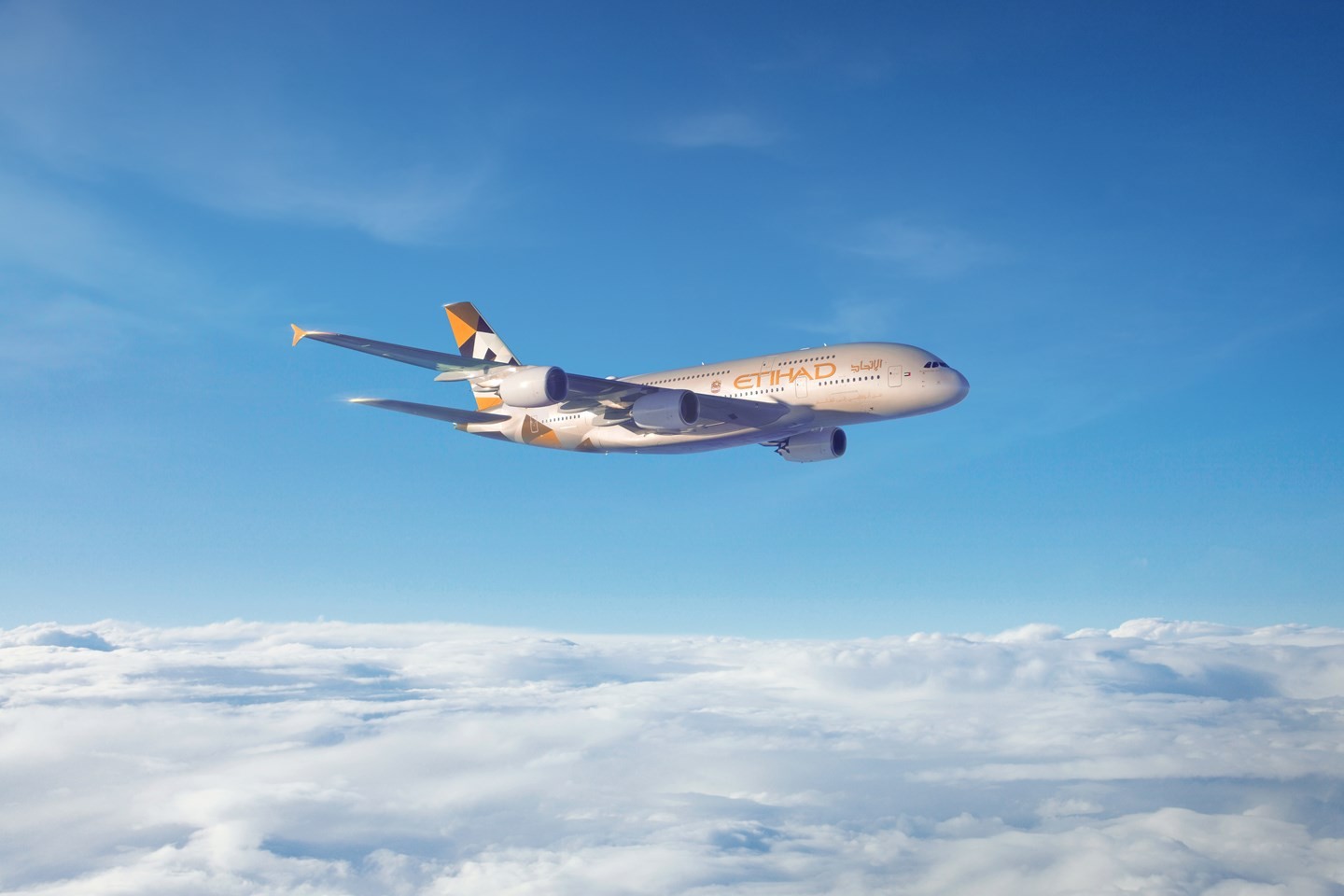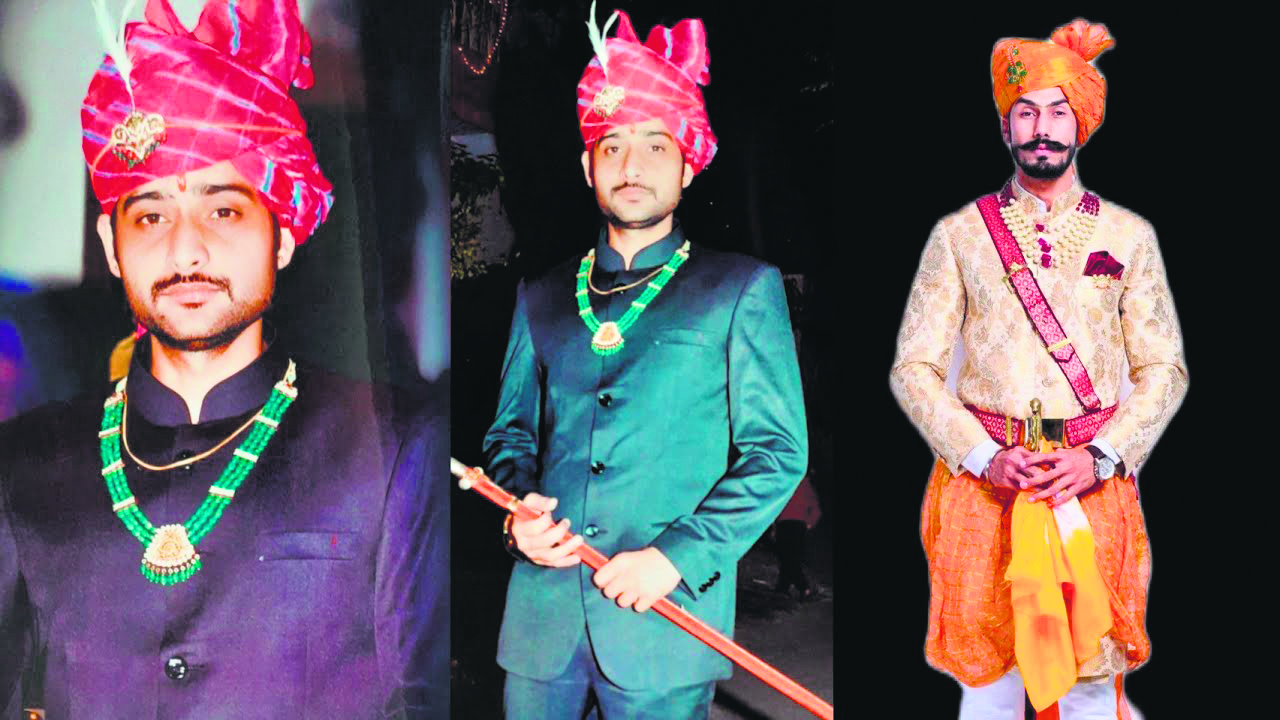A journey through time at Salim Singh ki Haveli, where architectural brilliance meets royal rivalry. The peacock palace that lost its crown, Salim Singh ki Haveli, built during the early 1700s, remains one of the most striking examples of Rajasthani architecture, despite or perhaps because of its famously abbreviated height.
The Man Behind the Mansion
Salim Singh, also known as Salim Seghai, wasn’t just another wealthy merchant of Jaisalmer. As the Prime Minister of the princely state during the 18th century, he wielded considerable influence, often using it to impose hefty taxes on the local population. His reputation for being a strict administrator earned him both respect and resentment among the citizens, much like the haveli he built admired for its beauty yet shadowed by controversial tales.
Architectural Marvel: Where East Meets Imagination
The haveli’s most distinctive feature is its roof, an architectural feat that seems to defy gravity. Supported by intricately carved brackets shaped like peacocks, the arched roof appears to hover over the structure like a dancer’s raised arms. The peacock motif wasn’t chosen merely for aesthetic purposes in Rajasthan, the peacock represents grace, nobility, and the spiritual balance between earth and heaven.
The facade, crafted from the region’s characteristic yellow sandstone, showcases an extraordinary blend of Rajput and Islamic architectural elements. The building rises from a narrow base and expands into a broader upper section, creating a distinctive ship’s stern-like appearance that has earned it the local nickname “Jahaz Mahal” (Ship Palace).

A Tale of Two Extra Floors
Perhaps the most intriguing aspect of Salim Singh ki Haveli is what’s missing rather than what remains. Historical accounts speak of two additional wooden storeys that once crowned the structure, making it rival the height of the Maharaja’s palace. This architectural audacity would prove to be its undoing.
According to local legend, when the haveli’s height matched that of the royal palace, it sparked a political crisis. The Maharaja, viewing this as an affront to his authority, ordered the immediate demolition of the top floors. This act of architectural amputation serves as a permanent reminder of the delicate power balance in historical Rajasthan, where even buildings could be seen as political statements.
Living History: The Descendants’ Tale
Unlike many historical structures that have been completely transformed into museums or hotels, Salim Singh ki Haveli maintains a unique status. A portion of the haveli continues to house descendants of the original residents, creating an unbroken chain of living history spanning three centuries.
Mool Singh, a seventh-generation resident, shares, “Living here is like being a guardian of history. Every morning, when the sun strikes the jharokhas (overhanging enclosed balconies), we see the same play of light and shadow that our ancestors witnessed. It’s a responsibility as much as it is a privilege.”
Architectural Details That Tell Stories
The haveli’s 38 balconies tell their own tales through their diverse designs. Each balcony is unique, featuring different patterns and motifs that showcase the craftsmanship of 18th-century artisans. The jharokhas served multiple purposes they allowed women to observe street life while maintaining purdah, facilitated air circulation in the desert heat, and created stunning light patterns inside the rooms.

The Forgotten Artisans
While much attention is given to the haveli’s prominent residents and architectural features, less is known about the skilled craftsmen who spent years bringing this vision to life. These anonymous artists left their mark through intricate carvings, each telling stories of their own floral patterns that bloom eternally in stone, geometric designs that create optical illusions, and animal motifs that seem to come alive in certain lights.
Conservation Challenges in a Modern World
Today, Salim Singh ki Haveli faces the challenges of preservation in an increasingly modernized world. The delicate balance between maintaining historical authenticity and accommodating modern needs presents ongoing challenges for both the resident families and conservation authorities.
Environmental factors pose additional threats. The desert climate, with its extreme temperature variations, continuously tests the durability of the ancient construction. Sandstorms, though less frequent now, gradually erode the intricate carvings that make the haveli unique.
Tourism, A Double Edged Sword
The haveli’s growing popularity as a tourist destination brings both opportunities and challenges. While tourism provides necessary funds for maintenance, the increased foot traffic impacts the structure’s integrity. The resident families have adapted to this reality, creating designated touring areas while maintaining private spaces—a delicate balance between preservation and accessibility.
Architectural Influence on Modern Design
Contemporary architects and designers frequently draw inspiration from Salim Singh ki Haveli’s innovative features. Its efficient cooling system, achieved through thoughtful placement of jharokhas and windows, provides valuable lessons in sustainable architecture for hot climates. The haveli’s expanding upper floors, which maximize space while maintaining a small ground footprint, demonstrate solutions relevant to modern urban planning challenges.
The Haveli After Sunset
As day turns to night, Salim Singh ki Haveli transforms. Carefully placed lighting highlights the architectural details, creating an ethereal effect that makes the peacock brackets appear to dance in the shadows. During full moon nights, the yellow sandstone takes on a silvery sheen, and local guides say this is when the ghosts of the demolished floors make their presence felt—a romantic notion that adds to the haveli’s mystique.
Future Prospects, Balancing Preservation and Progress
The future of Salim Singh ki Haveli lies in finding innovative ways to preserve its historical significance while adapting to contemporary needs. Recent initiatives include digital documentation of the architecture, creating a detailed record for future generations and restoration efforts.
Conservation experts are exploring new technologies to protect the ancient sandstone while maintaining its authentic appearance. There’s also growing interest in using virtual reality to show visitors how the haveli might have looked with its additional floors intact, bringing historical accounts to life without physical reconstruction.
Legacy of the Truncated Tower
The story of Salim Singh ki Haveli its rise, literal fall, and enduring presence reflects the broader narrative of Rajasthan’s architectural heritage. It stands as a testament to human creativity, political intrigue, and the enduring power of architecture to tell stories across centuries.
What makes this haveli particularly special is not just its architectural beauty or historical significance, but its role as a living bridge between past and present. As modern Jaisalmer grows around it, Salim Singh ki Haveli remains a reminder that some stories are best told not through words, but through stone, wood, and the endless dance of light and shadow across carved peacock brackets that still seem to take flight in the desert wind.
In an age where heritage often gets reduced to tourist photographs and guidebook entries, Salim Singh ki Haveli continues to be a home, a historical monument, and a symbol of architectural ambition that reached for the sky even if it was ultimately forced to bow to royal authority. Its truncated top floor remains a powerful reminder that sometimes the most interesting stories lie not in what we see, but in what is missing.























